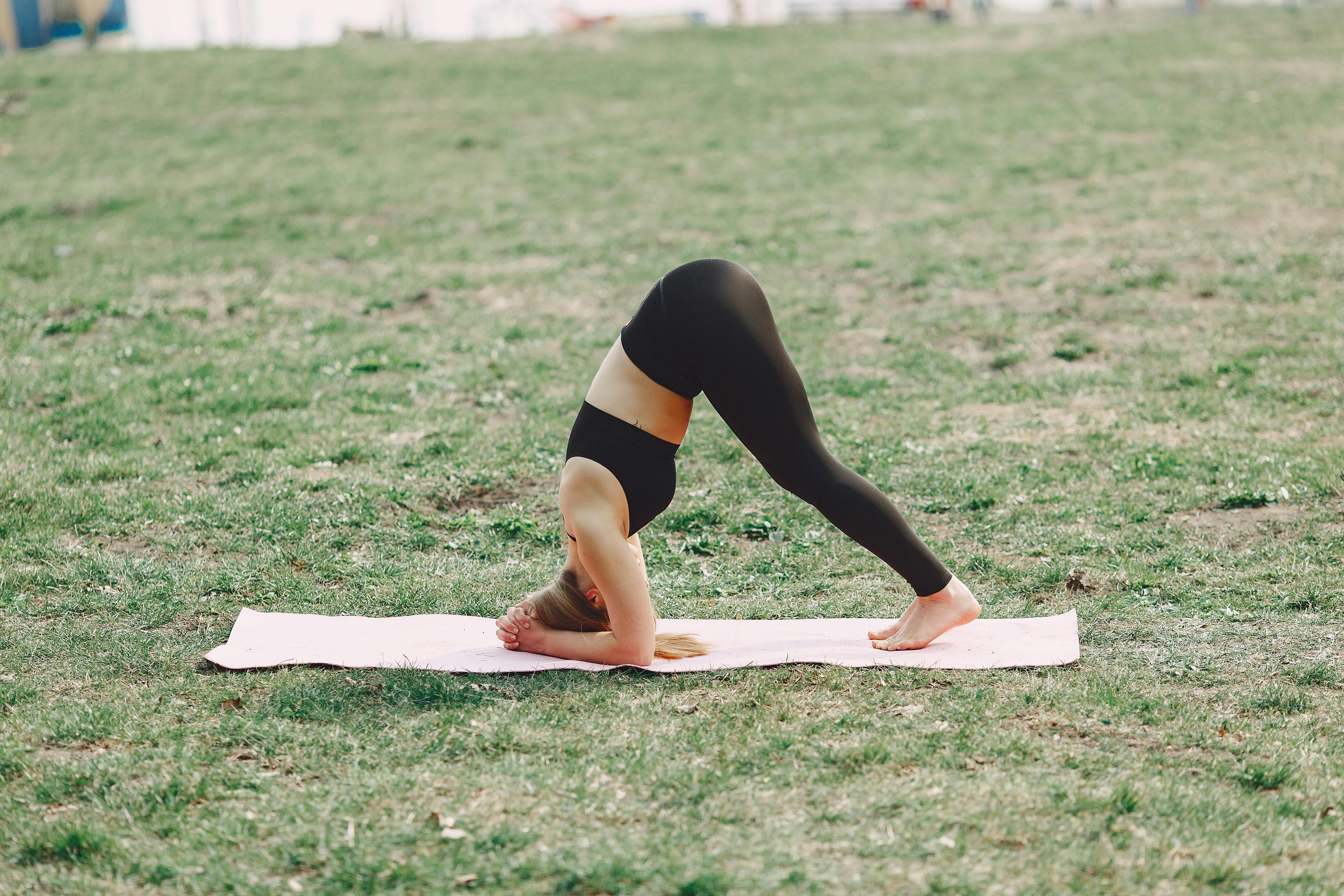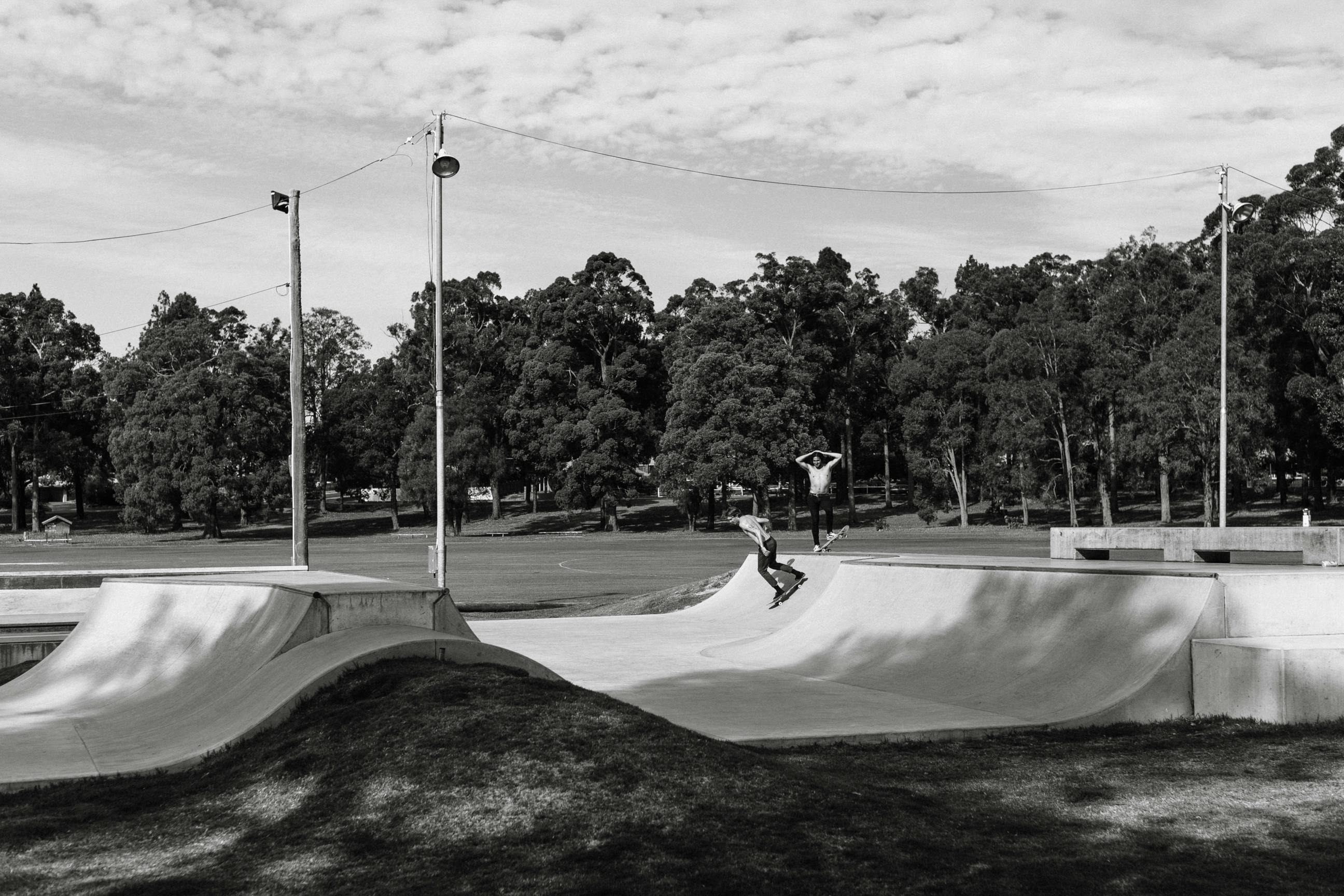We’d all like to have a beautiful, fluid swing like Adam Scott, power off the tee like Phil Mickelson and Tiger Woods, and the ability to repeat that swing round after round, day after day.
But what’s stopping most fans of that powerful, silky-smooth swing?
Most likely it’s your hamstrings and lower back.
Let’s explore the connection between your hammies, your lower back, and that less-than-pro PGA Golf Magazine-type golf swing.
Let’s start with the hamstrings. Most of us think we know where our hamstrings are located and what they do, but do we really know? We always hear about baseball players, football players, and basketball players suffering from hamstring injuries. It is a common problem in many sports, including golf.
What are they and what do they do?
The hamstrings are a group of muscles located at the back of the upper leg. The hamstring group consists of three individual muscles: the semimembrinosus, the semitendinosus, and the biceps femoris. To make it easier for you to write and for your eyes, we’ll keep it simple and call them hamstrings. The function of the hamstrings in your body is quite complex.
I will try to simplify it for you. First, the hamstrings bend the knee. Also, the hamstrings help stabilize the hip area. So when you’re doing just about any activity, your hamstrings essentially help keep your hips in place. They are great stabilizers. So the next time you’re out on the dance floor trying to do your best Fred Astaire or John Travolta impression, just think how hard those hammies are working!
In addition to bending the knee and stabilizing the hips, the hamstrings help with internal and external rotation of the leg. Let’s try something. At this time, stand up and turn your foot inward (pigeon toe) and then turn it outward (duck toe). These two foot/leg movements use the hamstrings to make the inward and outward movements happen. This is certainly not a complete list, but it should give you an idea of how involved the hamstrings are when it comes to the human body.
What about my sore lower back!
I think we all know where the lower back is, especially if you’re a golfer. If you experience lower back problems like half the golfers in the world, you know intimately where your lower back is and how it affects your daily life.
The lower back is essentially a group of small muscles. All of these small muscles together comprise the lower back region of the body. The lower back muscles have many functions. For starters, the lower back muscles help stabilize the spine at all times, especially during movement. Also, the lower back muscles are heavily used to rotate the torso and bend the hips forward and backward. Keep in mind that the lower back muscles of your body are probably active and working 99% of the time. They are worked a ton! Every day. When was the last time you weeded your backyard for hours? How did your lower back and thighs feel the next day?
Alright, what about that choppy swing my golf buddies give me a hard time about?
Now onto the golf swing. The golf swing is essentially a total body movement that requires the body to move through multiple planes of motion. The body has to stabilize its body in motion, accelerate aggressively on the downswing, rotate rapidly, and decelerate very quickly during the golf swing. This puts enormous strain on the body and leads to fatigue throughout the body. For some of us the weariness sets in on the course, and for others it’s after a weekend of 72 holes and a few hands of poker with the guys. For PGA Tour pros, hopefully it will be after climbing the 18th on Sunday in front of television cameras and thousands of spectators.
The connection is that the hamstrings and lower back are working extremely hard during the golf swing, and very often one or the other (lower back or hamstrings or even both) get “tight”. The tension we speak of is something that most of you have felt at one time or another. And I think it would be safe to say that in addition to feeling these muscles tighten, you know what effect it has on your game.
So knowing that these two body parts are connected to the swing, now what?
This is why Golf Channel won’t be calling you anytime soon to rave about your beautiful swing…until you fix a few things.
Both the lower back and the hamstrings become “tight” when swinging a club. When you actively use these two muscle groups in the golf swing, these muscles become “tired.” What do I mean when I say “tired”? Exactly that! They get tired, which means the muscles get tired. They no longer have gas in the tank. And when muscles become fatigued, they don’t work properly or efficiently, and they shorten and become restricted. This is essentially the body’s way of telling you that your muscles are tired and need to rest. It is also a kind of “defense mechanism” of the body to prevent injuries. If you continue to “work” muscles that are tired, they will eventually be injured. So when you swing for a long period of time, say, say, 18 holes or a long practice session, your lower back and hamstrings will tire. If they get tired enough, they become “tight”. And that’s the point where these muscles start to affect your swing. His swing looks stiff and choppy.
So is it fatigue that really makes my swing seem stiff?
The golf swing requires your body to move through a fairly complex range of motion. This range of motion is essentially the swing back to continue. This wide range of motion allows the golfer to swing the club in the correct direction, create clubhead speed and swing with the correct timing. Ultimately, it provides the golfer with the correct golf swing. In order for all of these movements to occur in the correct sequence, all the muscles in the body must be “loose” and have their normal ranges of motion available. It’s like someone taking most of your clubs away from you before a match. No putter. No driver (probably a benefit for most golfers). No wedges. You’re probably not going to score as well without all of your critical sticks available.
Without his hammies and lower back working on a full tank of gas, he has his golf swing stiff and choppy. This results in reduced clubhead speed and the likelihood of swinging in the correct swing plane or at the correct time. Amazing when you think about how these two muscle groups that are associated with the golf swing can hinder your performance if they are “tight”.
That’s why I haven’t improved much after all those lessons!
We all need a coach or a trainer. Phil Mickelson certainly has a swing coach, a short game coach, and I help him with his physical preparation.
What I am saying is that without training your body to match your swing, your improvement in your swing will be limited by the strength, flexibility and endurance of your hamstrings and lower back.
I would suggest implementing a golf-specific training program that helps prepare the body to swing a golf club. This type of program focuses on developing the proper ranges of motion in these muscle groups for the golf swing. This type of program helps develop the strength, endurance, and power needed for the golf swing. In addition, a program like this can help prevent injuries to the lower back and other parts of the body.



